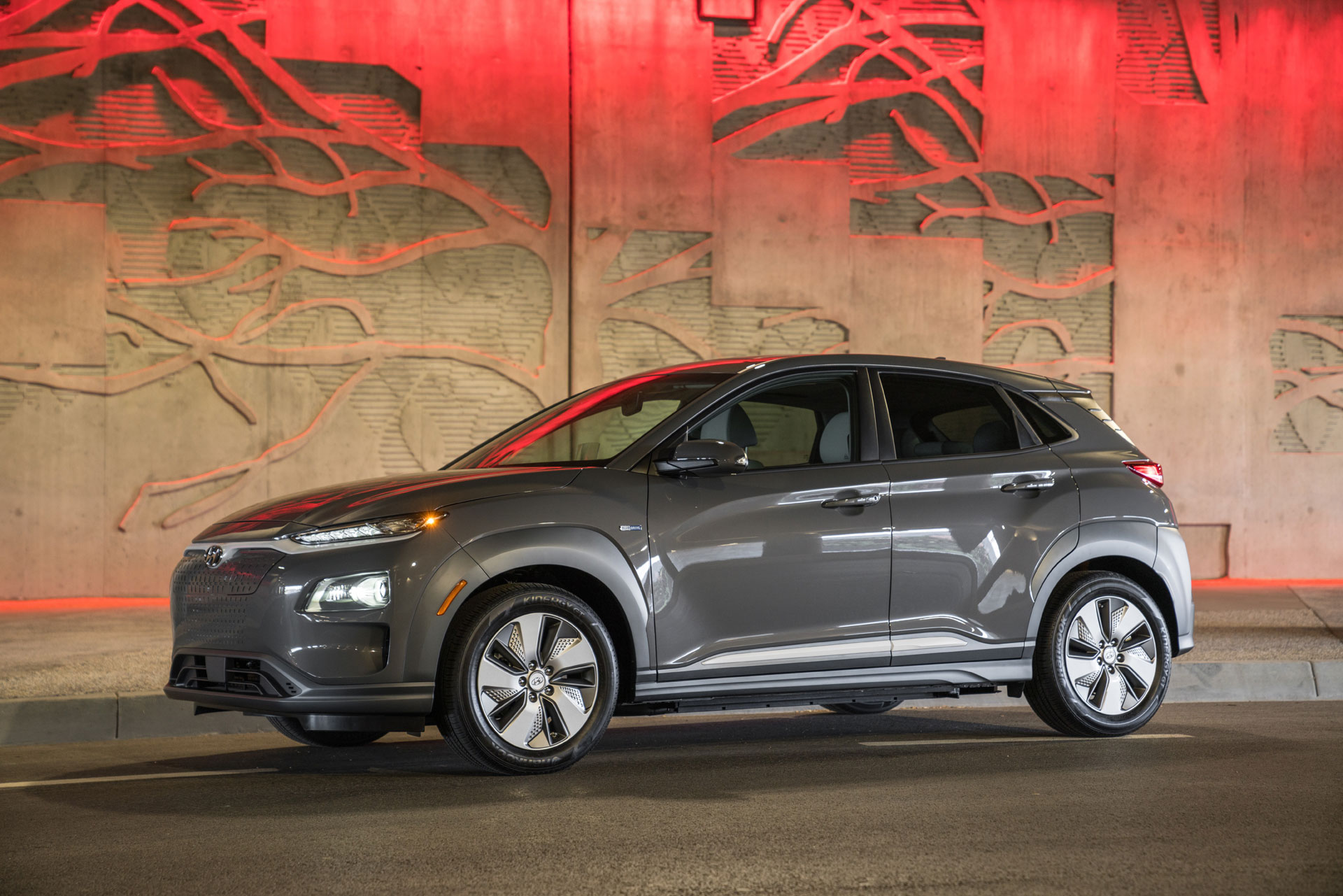I'll believe it when I see it. Prices are going in the opposite direction: the base model Y now costs $58,900 for example.
View attachment 226280
Prices have been going
up. Not just a little bit, but by a lot. These big battery packs need those SiC MOSFETs, you know, those "semiconductors" that are currently in shortage everywhere around the world.
Battery / electric powers won't route themselves. You need a semiconductor to move energy around. The Li-Ion savings of the past few years have been wiped away by increasing silicon costs. Our iron / steel supply chains are simply more reliable than our high-tech / chip making supply chains.
Watch the video again.
I haven't seen a car this explosive since the Ford Pinto. That Model X exploded and caught on fire before the thing even stopped moving (!!!). This is the kind of unrealistic explosion you'll find in Michael Bay movies, the kind where they plant bombs inside of cars so that they get a more exciting film. Cars don't normally explode like that when they hop a curb.
Even better that this thing is in clear color video. You can see the signature red-lithium flames (
https://en.wikipedia.org/wiki/Flame_test) of elemental Lithium in that explosion. Gasoline doesn't have that kind of color (you can see the typical "yellow gasoline" fire start up when the gas pump erupts after the Lithium car makes contact with it).
Tesla is ranked 2nd worst in the market for reliability this year by Consumer Reports.
I'm not convinced that electric is any more reliable than a hunk of iron and steel. Not only that, but the Li-Ion battery packs in general have had large issues across the board.
General Motors issued a second recall on 2017-2019 Chevrolet Bolt electric cars, after cases in which EVs with the previous software update fix caught fire. Consumer Reports has the details.

www.consumerreports.org
Hyundai Motor America confirmed U.S. versions of the Kona Electric are included in sweeping global recall.

www.greencarreports.com
Even at the phone-level making tiny batteries, we have had some fire issues in the past couple of years.
The firm says neither software nor hardware, other than the batteries, were at fault in Note 7.

www.bbc.com
At some point, it becomes evident that the entire Li-Ion battery marketplace is less reliable than people think. It doesn't matter if you're Tesla, Chevy, Hyundai, or Samsung, the chemistry seems prone to these fires and explosions.











